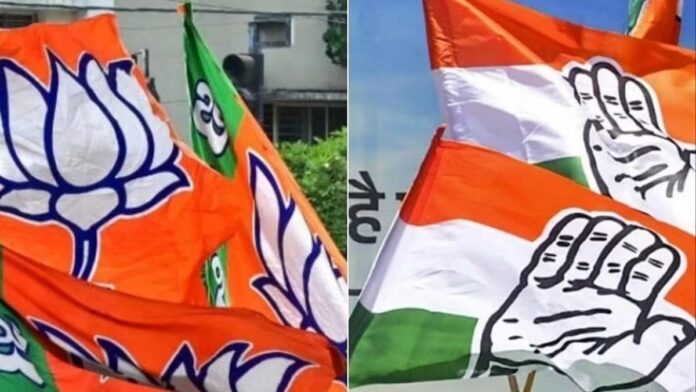In the political landscape of Rajasthan, the Bharatpur Lok Sabha Seat stands as a pivotal battleground, attracting attention and speculation ahead of the elections. Situated in the heart of the state, Bharatpur is not just another constituency; it’s a microcosm of the complex social fabric and political dynamics that characterize Rajasthan.
What makes Bharatpur particularly intriguing is its demographic composition, with various communities holding significant sway over electoral outcomes. Among these, the Jat community has emerged as a key player, often influencing political fortunes with its consolidated support or strategic decisions.
In recent times, the Jat community’s role in Bharatpur politics has been marked by a growing sense of assertiveness and political consciousness. This was notably demonstrated during the Operation Gangajal episode, where the community mobilized to protest against perceived injustices and assert its demands.
The call to boycott the BJP in Bharatpur, spearheaded by the Jat community, reverberated across the political spectrum, triggering intense debates and speculations about its potential impact on the election outcome. The Jats’ decision to withhold their support from the BJP sent shockwaves through the political establishment, forcing parties to reassess their strategies and recalibrate their outreach efforts.
Amidst the Jats’ assertiveness, another significant community that cannot be overlooked in Bharatpur’s electoral calculus is the Gurjars. With a sizable population and a history of active political engagement, the Gurjars wield considerable influence, especially in constituencies where they form a significant voting bloc.
For the upcoming elections in Bharatpur, both major political parties, the BJP and the Congress, have fielded candidates strategically. The BJP has nominated Ramswaroop Koli, while the Congress has chosen Sanjana Jatav as its contender. Both parties are keenly aware of the importance of securing the support of not just the Jats but also other influential communities like the Gurjars.
In the midst of this political maneuvering, the Gurjar community’s stance has been closely watched. Traditionally, the Gurjars have been known to maintain a pragmatic approach, often lending their support to the party they perceive as best serving their interests. However, recent dissatisfaction among Gurjars over issues like the Agni Veer scheme and pension provisions has added an element of unpredictability to their electoral behavior.
Against this backdrop, Bharatpur emerges as a battleground where electoral outcomes are shaped not just by party affiliations but also by intricate caste equations, social dynamics, and local issues. The contest here transcends mere political rhetoric; it embodies the aspirations, grievances, and aspirations of diverse communities vying for representation and empowerment.
As polling day draws nearer, the stakes are high, and the political landscape remains fluid. The outcome of the elections in Bharatpur will not only determine the fate of individual candidates but also carry broader implications for the political trajectory of Rajasthan. It is a contest that encapsulates the essence of democracy, where every vote counts and every community’s voice resonates in the corridors of power.

